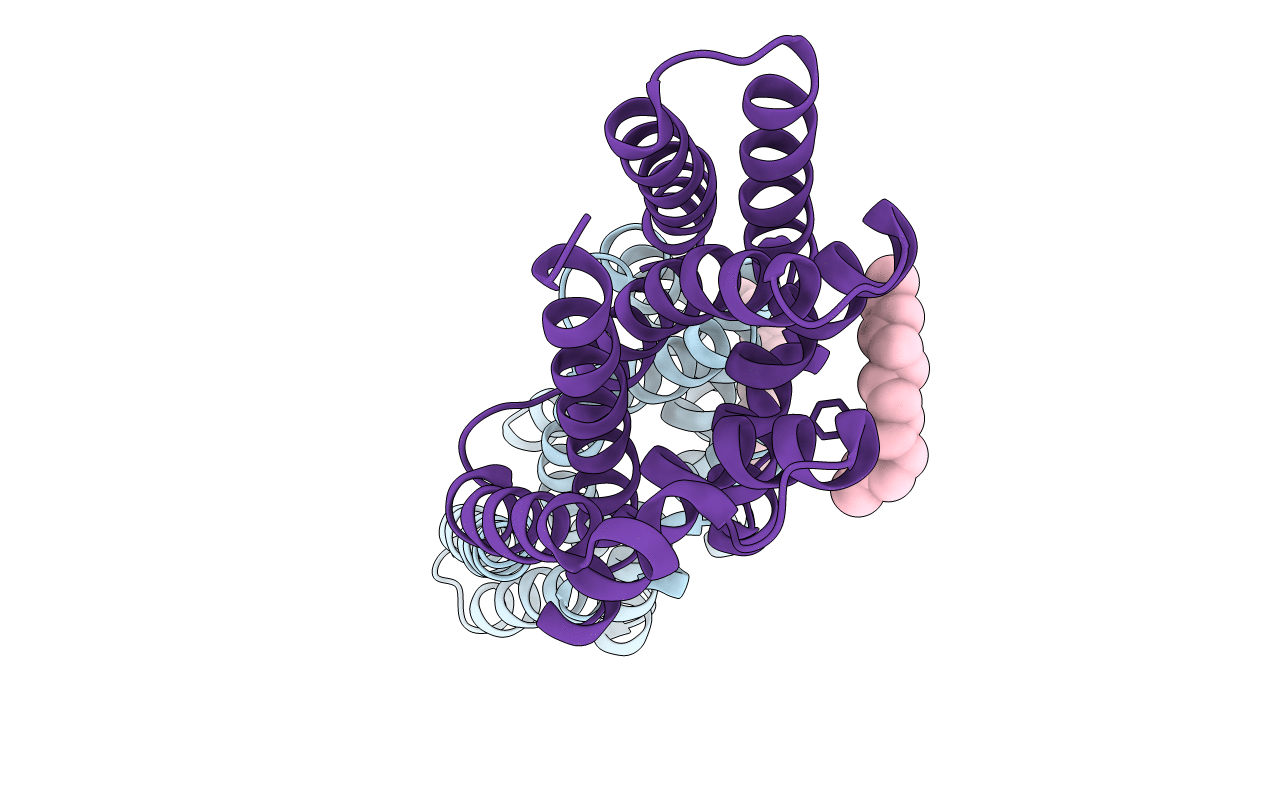
Deposition Date
2016-10-20
Release Date
2017-01-11
Last Version Date
2024-03-20
Entry Detail
PDB ID:
5H36
Keywords:
Title:
Crystal structures of the TRIC trimeric intracellular cation channel orthologue from Rhodobacter sphaeroides
Biological Source:
Source Organism:
Host Organism:
Method Details:
Experimental Method:
Resolution:
3.41 Å
R-Value Free:
0.27
R-Value Work:
0.24
R-Value Observed:
0.26
Space Group:
H 3


